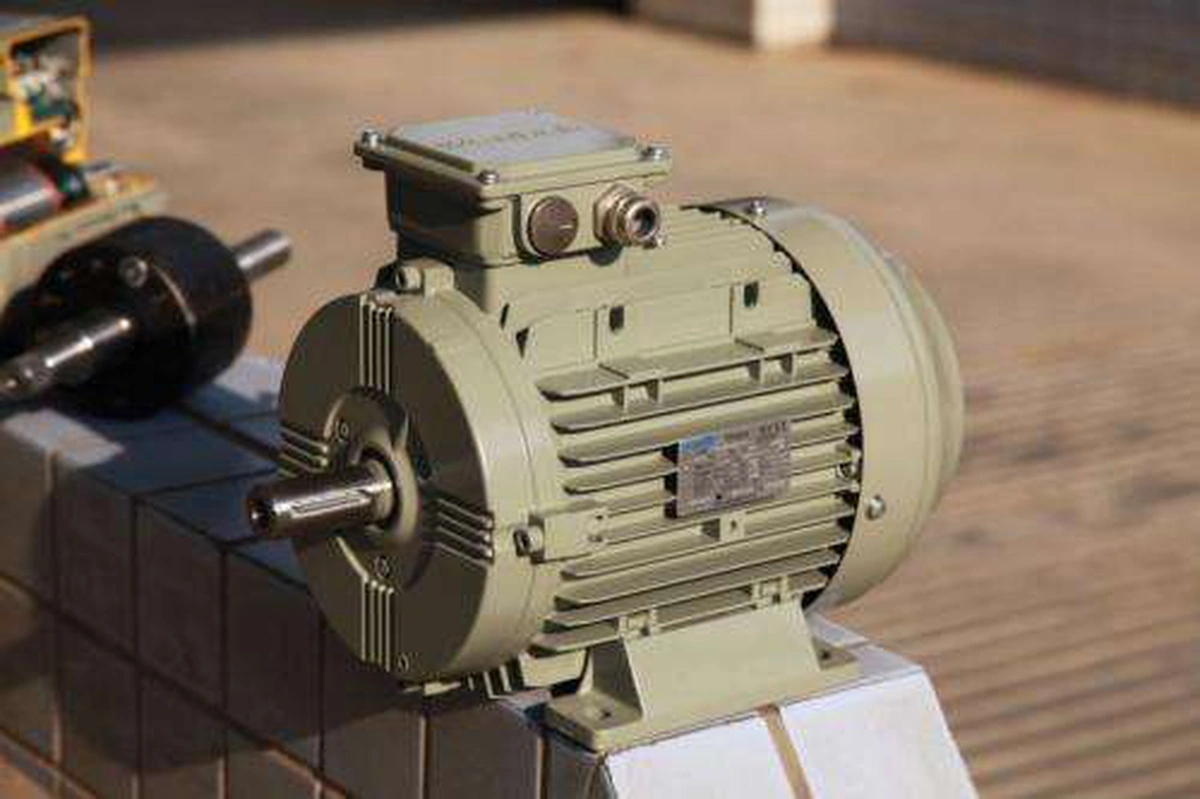
Why won't a three-phase induction motor run in 1 phase?
A three-phase induction motor cannot run on a single-phase power supply due to the absence of a rotating magnetic field necessary for its operation.
Three-phase induction motors are the workhorses of the industrial world, praised for their simplicity, efficiency, and robust performance. These motors are designed to operate on a three-phase power supply, which is a common method of electric power transmission in many industrial settings. However, a question often arises: why won't a three-phase induction motor run on 1 phase? This article aims to demystify the technical reasons behind this limitation, emphasizing the motor's operation, the role of three-phase power, and the implications of trying to run it on a single-phase supply.
Three-Phase Induction Motors

Before diving into the specifics of why these motors won't run on a single phase, it's essential to understand the basics of three-phase induction motors and what distinguishes them from other motor types.
The Basics of Operation
Three-phase induction motors operate on the principle of electromagnetic induction, where an electric current produces a magnetic field, and this field interacts with another magnetic field to produce motion. The motor comprises two main parts: the stator, which stays stationary, and the rotor, which rotates inside the stator.
The Role of Three-Phase Power
Three-phase power involves three alternating currents of the same frequency and amplitude but with a phase difference of one-third of a cycle (120 degrees). This system allows for a consistent transfer of energy and is more efficient than single-phase power, especially for high-power applications.
Why a Three-Phase Induction Motor Won't Run on 1 Phase?
Running a three-phase induction motor on a single-phase supply is fundamentally challenging due to several technical reasons outlined below.
-
Loss of Rotating Magnetic Field
Three-phase power supplies create a unique rotating magnetic field within the motor. This field is pivotal for the operation of the motor as it induces current in the rotor, causing it to rotate. With only one phase, the symmetry that allows for the rotating magnetic field's creation is absent, significantly reducing the motor's efficiency and functionality.
-
Starting Torque Reduction
Three-phase induction motors rely on the rotating magnetic field to generate sufficient starting torque. Operating on a single phase dramatically reduces the starting torque. In some cases, it might not generate enough torque to overcome the motor's inertia, preventing it from starting.
-
Unbalanced Voltage and Current
Operating a three-phase induction motor in a single-phase mode leads to unbalanced voltage and current conditions. The lack of balance affects the motor's performance, causing increased heat, reduced torque output, and potential motor damage. The unbalanced currents can also result in excessive heating in the stator windings.
-
Increased Power Fluctuations
The beauty of a three-phase system is its ability to deliver constant power. Running the motor on a single phase leads to power fluctuations, resulting in less smooth motor operation. These fluctuations can cause additional mechanical stress and heat, compromising the motor's lifespan and efficiency.
-
Unbalanced Phase Loading
When a three-phase motor is run on a single phase, two of its windings are essentially unused. This unbalanced load can lead to overheating and inefficiency. Over time, it could accelerate wear, leading to premature motor failure.
Mitigating Measures
While three-phase induction motors are not designed to run on a single phase, there are workarounds that can make it possible, albeit with some limitations.
-
Using a Phase Converter
Phase converters can simulate a three-phase power supply from a single-phase source, making it possible to run three-phase motors. However, these solutions may not be perfectly efficient and can add to the operational costs.
-
Capacitor Start
For relatively small motors, using capacitors to create a phase shift can provide enough starting torque. This method, however, is more of a makeshift solution and is not suitable for high-power or long-term applications.
Conclusion
Three-phase induction motors are not designed to run on single-phase power due to the loss of rotating magnetic field, reduced starting torque, increased power fluctuations, and unbalanced phaseloading. These limitations can lead to inefficient motor operation and potential damage over time. While there are methods to adapt a three-phase motor to a single-phase supply, but they will perform worse in terms of performance and efficiency.



Leave a Comment